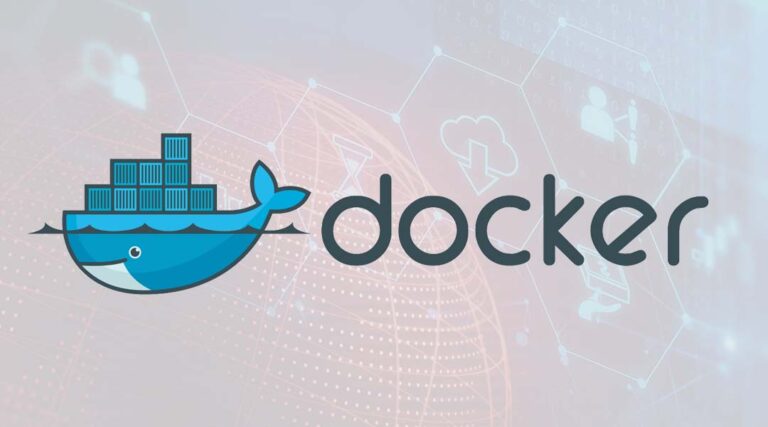
Docker seems to have made it through its end-of-year spurt of activity this week, which sees the company pushing out Docker Desktop 3.0, Docker Engine 20.10, and making its developer preview program for Docker Desktop official.
The latter was introduced under the name of Desktop Developer Preview Program in April, with the aim to “empower the community to work in lock-step with Docker engineers and help shape our product roadmap.”
The following months were spent testing with a few Docker users to iron out the kinks. However, the programme is now open to anyone who uses the tool on a daily basis. Other prerequisites include the wish to access features in development, a “high tolerance for occasional functional regressions”, and the need for “an easy but impactful way” to help Docker and its user base.
Users can apply for the preview programme via a dedicated website and are “expected to run pre-release builds of Docker Desktop and help us investigate on private builds when we are working on particular issues of features.”
They might also need to jump in on stress tests, help debugging, and are encouraged to join monthly engineering meetings. Benefits include direct access to the Docker team and a private Slack channel, as well as the warm feeling of having helped the project.
Opening the programme up is also a necessity, since Docker decided to scrub the Docker Desktop Edge channel and use a single release stream for all users, starting with the just out 3.0 release. With Edge gone, those relying on getting early feature access at least have the option of joining the preview programme.
Other changes in version 3.0 mostly concern the distribution of the tool. Users are now able to download an update that only includes the differences to the previous version, so basically a delta. Since those will be way smaller than the whole package, downloading updates and upgrading systems should be faster from now on, something many seem to have asked for. On top of that, Docker Desktop will now receive upgrades in the background, which also helps performance.
While Docker Desktop targets Mac and Windows users that look for ways to build and share containerised apps, Docker also maintains the Docker Engine. The open source project was pushed out in version 20.10 this week and also featured quite a few enhancements.
Docker Engine 20.10 is, for example, the first version to come with dual logging, which lets users read container logs locally regardless of the logging driver used. Users will be happy to learn that rootless mode is now generally available, so that Docker can be used without excessive privileges, and lets them set up resource limitations.
Docker has also worked on the command line interface and aligned behaviours a bit, so that for example docker push now only pushes the tag :latest rather than all tags when no tag is given, and run and create commands sport –pull=missing|always|never for better control.
More details on changes, including support for Kubernetes username/password authentication, and better selection of DNS servers can be found in the Docker Engine repository.
Over the last couple of days, Docker received a huge amount of interest because of orchestrator project Kubernetes deprecating a shim that more or less helped to use the two together. Docker isn’t CRI-compliant, which made the helper necessary. However maintenance turned out to be a bit of a chore with everything else going on in the project, and since there are alternatives available, the decision to drop it was made.
A lack of communication around the step then left some people puzzled about what this meant for their situations, but Kubernetes has since released some guidance and words of clarification, while Docker (together with Docker Enterprise owner Mirantis) decided to take care of the shim as a separate open source project.
